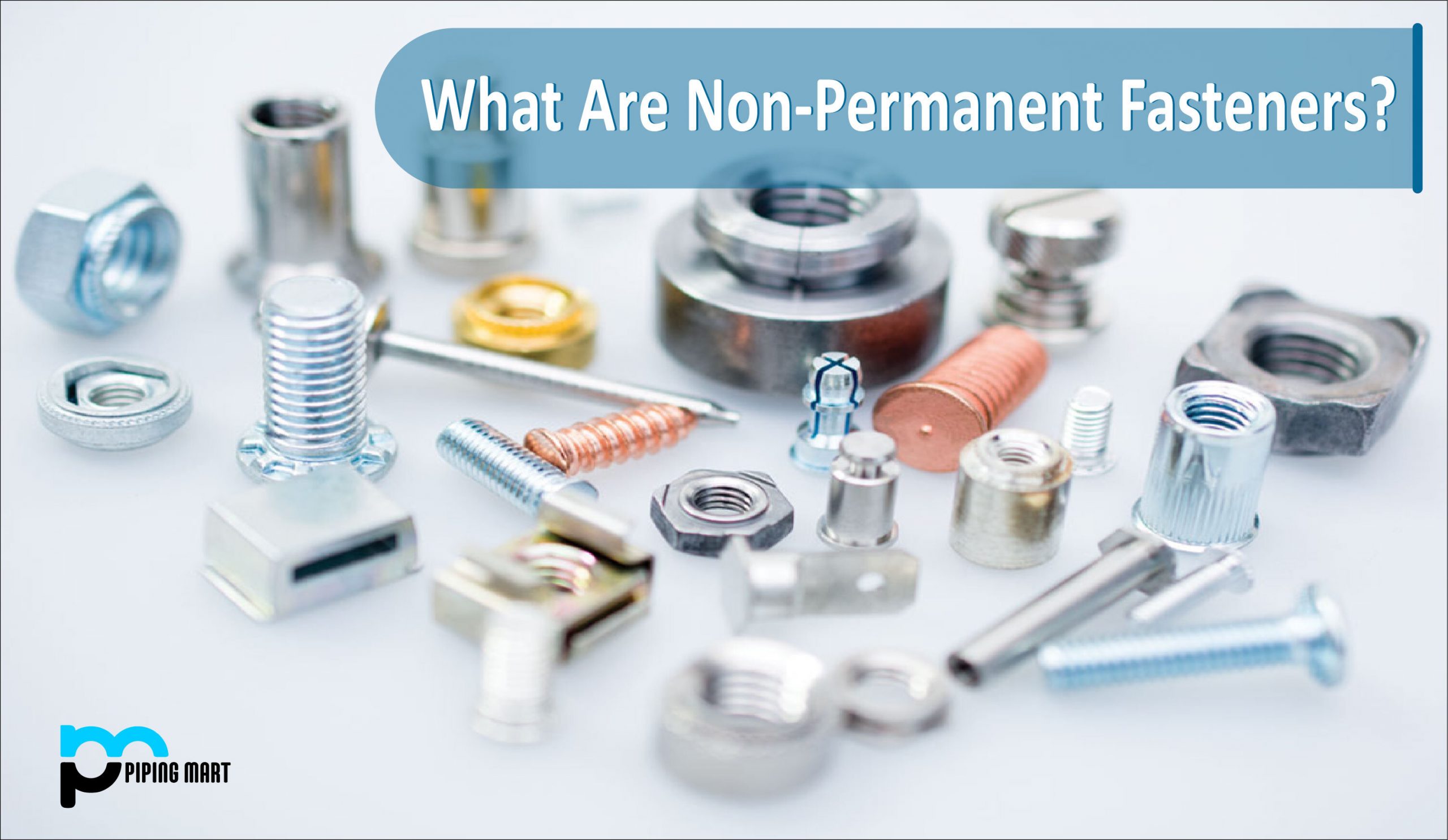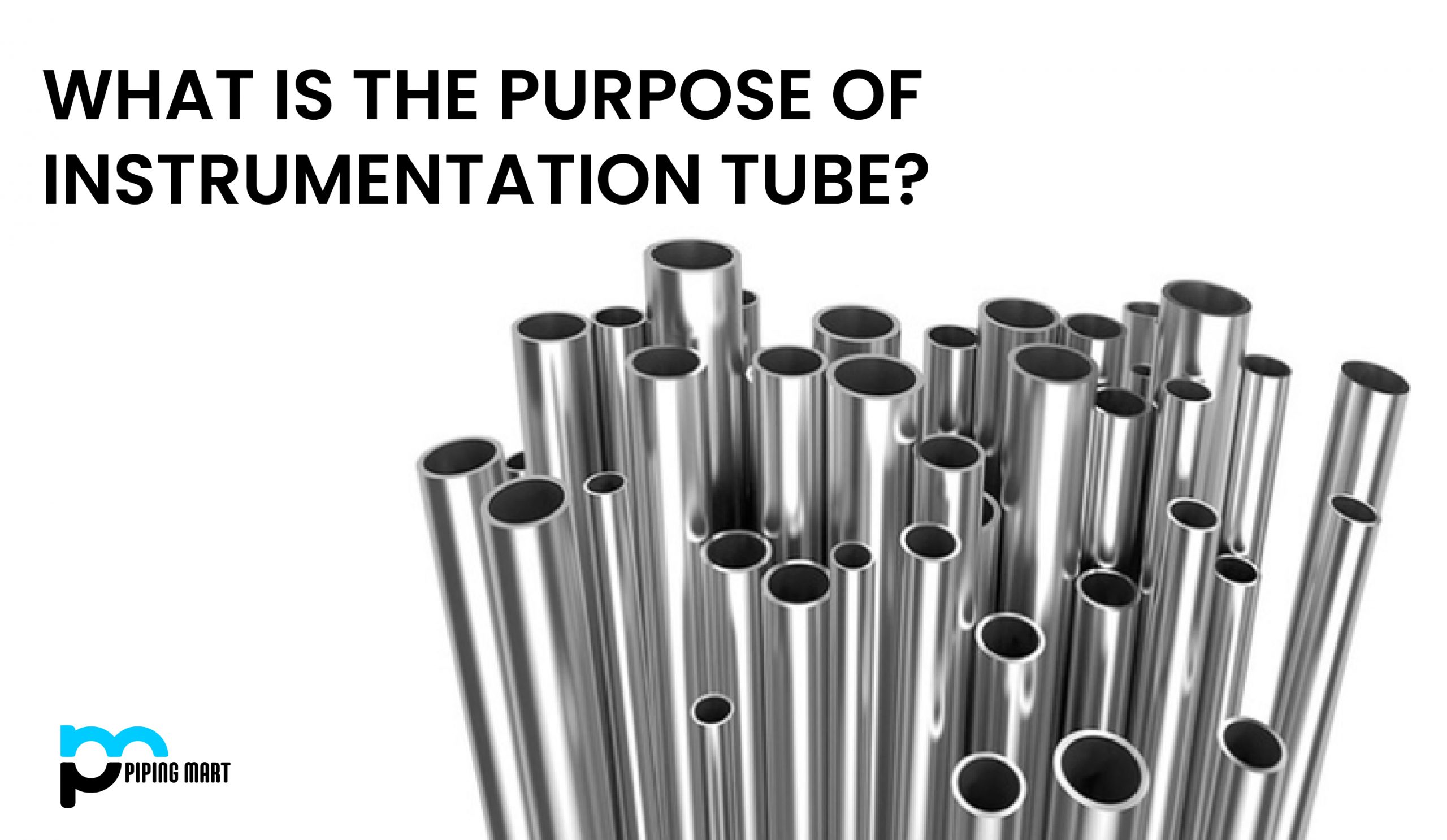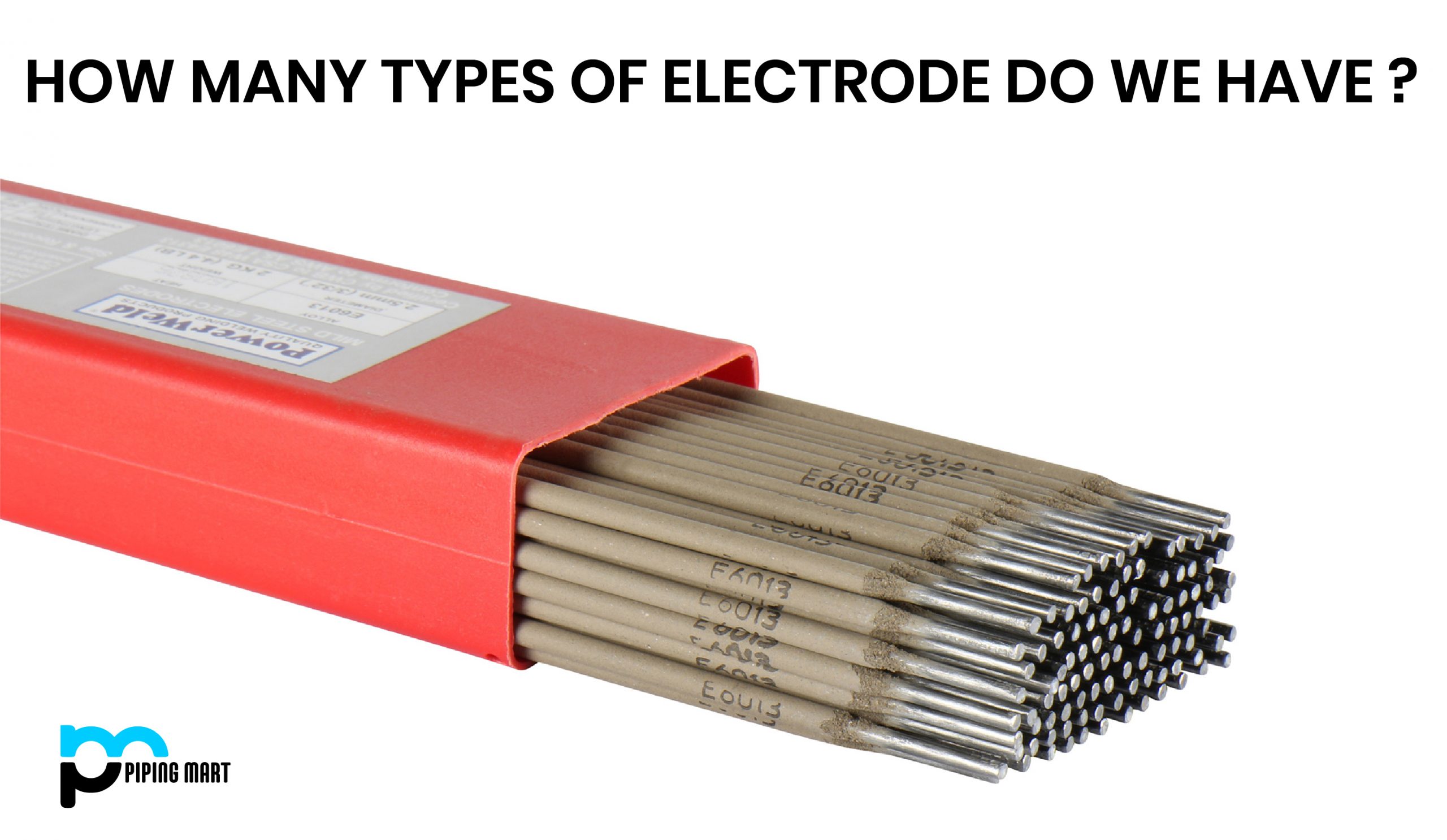Fasteners are used to link two or more things mechanically, either permanently or non-permanently. There are several sorts of fasteners, each with its unique features. The tremendous pressures that are applied to fasteners cause them to vary in appearance. Fasteners are used to keep parts, components, and pieces of equipment together in the midst of high vibrations and pressure while yet allowing the items to be not assembled if it’s necessary. There are Permanent and non-permanent types of fasteners. Permanent fasteners, such as rivets and nails, are one-time-use fasteners that are used to link two materials or pieces permanently. The fastener is destroyed when it is removed. Let’s focus on non-permanent fasteners. Non-permanent fasteners are intended to be removed and reused. Bolts and screws are common fasteners in a variety of industries and products because they allow pieces to be disassembled and reassembled as needed. Threaded and non-threaded non-permanent fasteners are available.
What are Non-Permanent Fasteners ?
Non-permanent fasteners are a vital component in countless machines and appliances that are used in our daily lives. These types of fasteners are designed to be easily removable and non-permanent while still being robust enough to form a secure connection. From temporary hold mechanisms in machinery to light bulbs and battery covers in electronic devices, non-permanent fasteners are critical to efficient assembly and disassembly processes. Most non-permanent fasteners rely on four primary mechanisms: adhesive, friction, compression, and thread-locking. Each of these mechanisms depends on the type of fastener and its intended application, and a trained fastener expert can help you select the ideal non-permanent fastener for your project to ensure maximum performance and durability.
Types of Non-Permanent Fasteners:
Bolts:
Bolts are threaded fasteners with a male thread on the outside. Bolts and screws are frequently mistaken. Each one is distinct and has a different purpose. Bolted joints are made up of bolts. This is used to connect two non-threaded parts. Bolts like anchor, elevator, arbor etc.
Screws:
Screws are similar to bolts, however they contain a helical ridge. Each screw has a head without which it is impossible to tighten the fit. Examples like sheet metal, self-drilling and dowel etc.
Washers:
These are used to disperse the weight of a threaded fastener and resemble them in thin plates of food.
Nuts:
To bind together all elements, a nut is utilized in joint with a fastening bolt. Six-faced nuts are more popular than varieties because they require just a sixth of the ration to rotate. Examples cap, hex, weld etc.
Stud:
A stud is similar to a screw, however it lacks a head. Studs are employed in situations where a component is often assembled or de clamped.
Pin:
A pin is a spherical piece of metal used to connect two different hinged objects. Pins come in a variety of shapes and sizes, including solid, hollow, split, gudgeon, and dowel pins, among others.

Pipingmart is B2B portal specializes in industrial, metal and piping products. Also, share latest information and news related to products, materials and different types grades to help business dealing in this industry.




